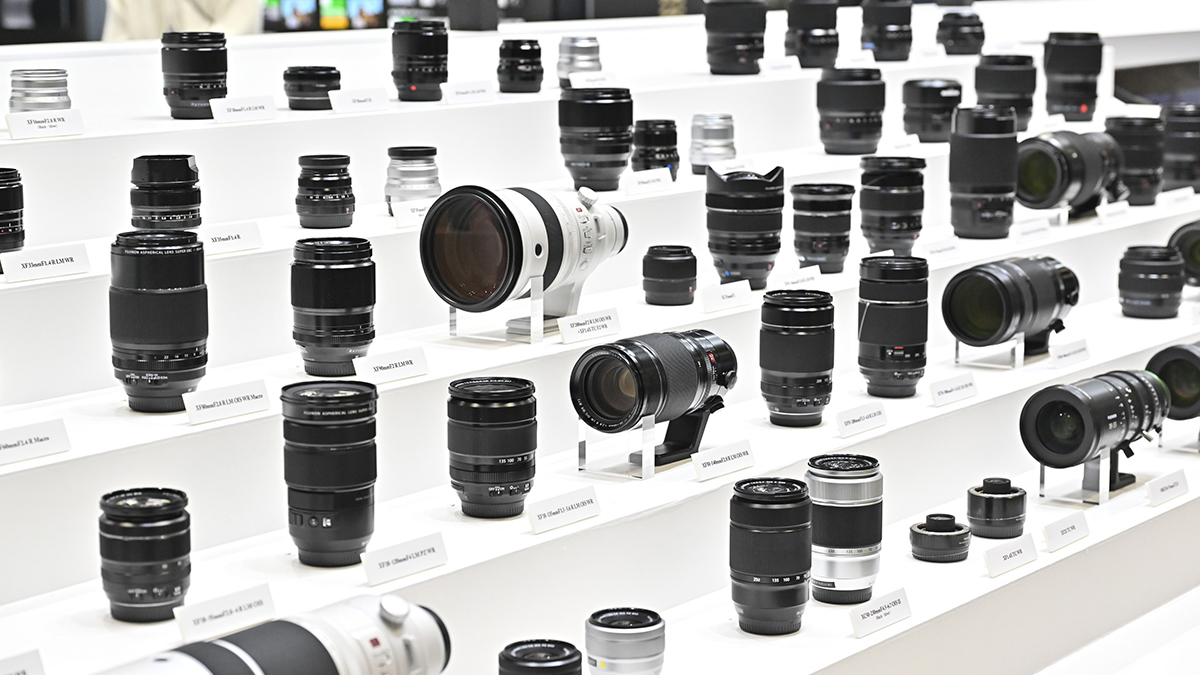The US reached a 15 percent tariff agreement with Japan. Which camera gear is most likely to see a price hike?
The US will charge a 15 percent tariff on goods imported from Japan, based on a new agreement

US President Donald Trump said that the country has reached a “massive” trade deal with Japan, applying a 15 percent tariff on imports from the country, he announced late on Tuesday, July 22.
The agreement avoids a threatened 25 percent tariff on Japanese goods, which was set to automatically go into effect in less than two weeks on August 01. The number, however, is higher than the 10 percent reciprocal tariff pause that has already hiked camera prices from major manufacturers.
Several major camera brands call Japan home, with many of those companies also manufacturing photography gear in Japan. Canon, Fujifilm, Nikon, and Sigma all have significant manufacturing in Japan.
Canon
While Canon has manufacturing centers in Japan as well as Taiwan, Thailand, China and Malaysia, the brand’s flagship lens factory is based in Utsunomiya, Japan, where many high-end interchangeable lenses, including the iconic white telephoto lenses, are made. Nagasaki Canon Inc, also based in Japan, is a production facility for cameras geared for “skilled enthusiasts and professional photographers,” a list that includes compact cameras, mirrorless, and DSLRs. Miyazaki Canon Inc. also produces DSLRs and mirrorless cameras. Canon Electronics Inc. is also based in Japan and manufactures components for products ranging from cameras to printers.
Canon previously adjusted prices in the US on many cameras and lenses in June.
Nikon
Nikon has shifted much of its production to Thailand, but several photography products are still made in Japan. According to Nikon’s Country of Origin list, several lenses are made in Japan, including the NIKKOR Z 58mm f/0.95 S Noct, Z 24-70mm f/2.8 S, Z 100-400mm f/4.5-5.6 VR S, Z 400mm f/2.8 TC VR S, and Z 600mm f/4 TC VR S.
While Nikon has already increased prices on some lenses sold in the US, the company has not yet altered the cost of camera bodies. Some DSLRs are made in Japan, but the list includes older models, while options like the D850 and D7500 are made in Thailand. All of Nikon’s mirrorless bodies are made in Thailand.
The best camera deals, reviews, product advice, and unmissable photography news, direct to your inbox!
Fujifilm
Fujifilm is one of the few major brands that has not yet appeared to increase prices, but it appears to have shifted some manufacturing. Fujifilm gear is manufactured in China and Japan. The company has already launched “JP” versions of several popular cameras in the US, which appear to be the same camera but made in Japan instead of China.
Sigma
Sigma’s manufacturing is all done out of one factory in Aizu, Japan. Sigma has already increased prices by 10 percent earlier this summer, although a few products increased less than that 10 percent tariff rate.
What about the other camera brands?
Sony, Panasonic, and OM System are also headquartered in Japan, however, tariffs are based on the factory location not the company's headquarters. Sony manufactures much of its camera gear in Thailand. OM System has factories located in China and Vietnam, while Panasonic's are located in China and Malaysia.
More: Camera Tariffs 101: Where are cameras made?
Tariffs are based on the declared value, not the list price, and among the brands that have already increased prices, many products increased by around seven to eight percent, while others have increased by ten percent or even more.
A change from a 10 percent to a 15 percent tariff could mean another small increase for companies that have already raised prices. Having an agreement in place after months of uncertainty could potentially prompt the companies that have not yet adjusted prices to do so. However, while the agreement may mean a slight increase, the 15 percent tariff is less than the 25 percent tariff that was threatened in a letter by President Donald Trump earlier this month.
Among the key countries where cameras are manufactured, Thailand is facing a potential 36 percent tariff on August 1 if an agreement is not reached. Malaysia could see a 25 percent tariff. The European Union – where many Leica and Hasselblad cameras are made – has been threatened with a 30 percent tariff beginning August 01.
You may also like
The trade war means tariffs are changing regularly. Follow our live blog to stay up to date on the latest US price changes on camera gear.

With more than a decade of experience writing about cameras and technology, Hillary K. Grigonis leads the US coverage for Digital Camera World. Her work has appeared in Business Insider, Digital Trends, Pocket-lint, Rangefinder, The Phoblographer, and more. Her wedding and portrait photography favors a journalistic style. She’s a former Nikon shooter and a current Fujifilm user, but has tested a wide range of cameras and lenses across multiple brands. Hillary is also a licensed drone pilot.
You must confirm your public display name before commenting
Please logout and then login again, you will then be prompted to enter your display name.
